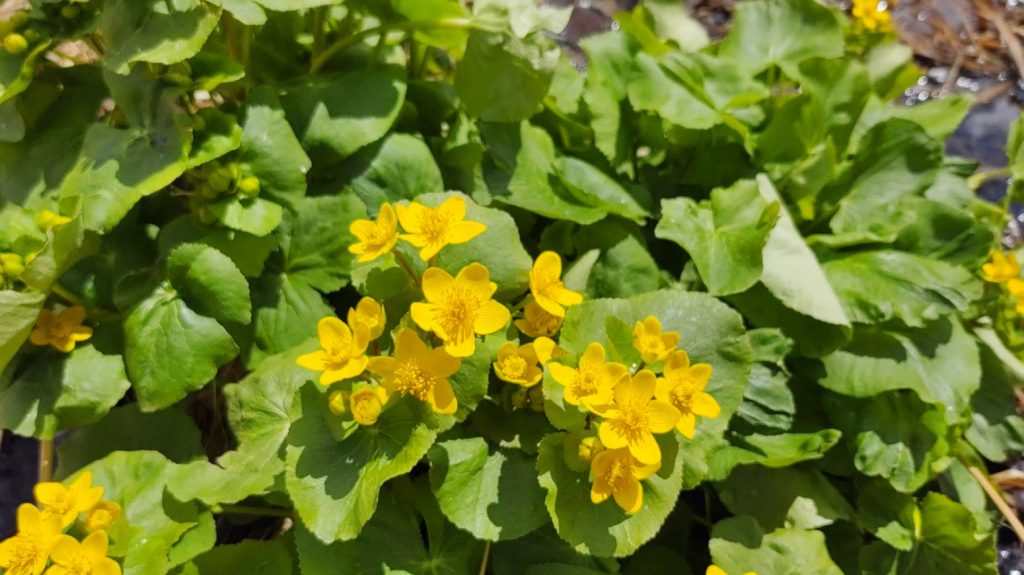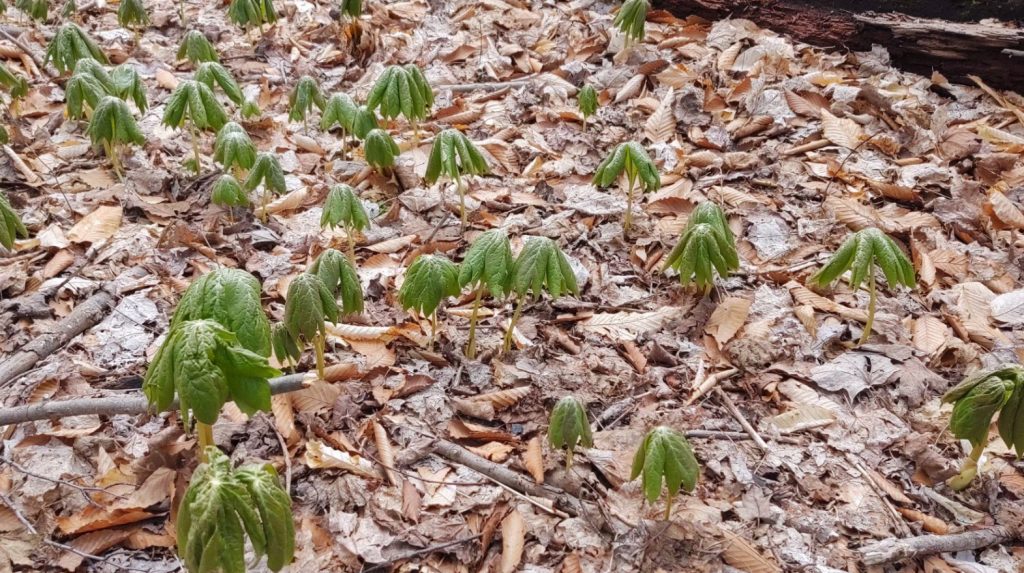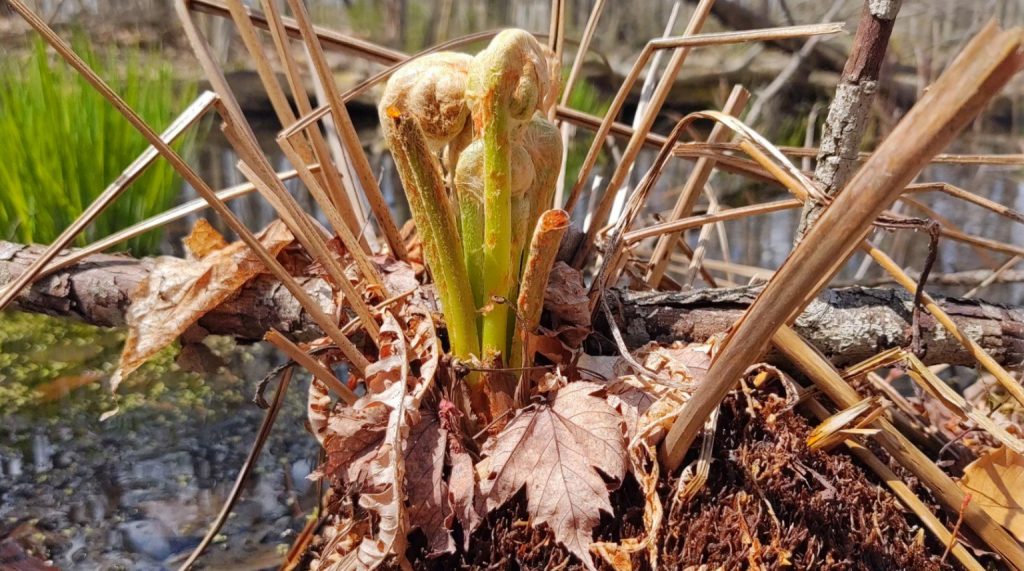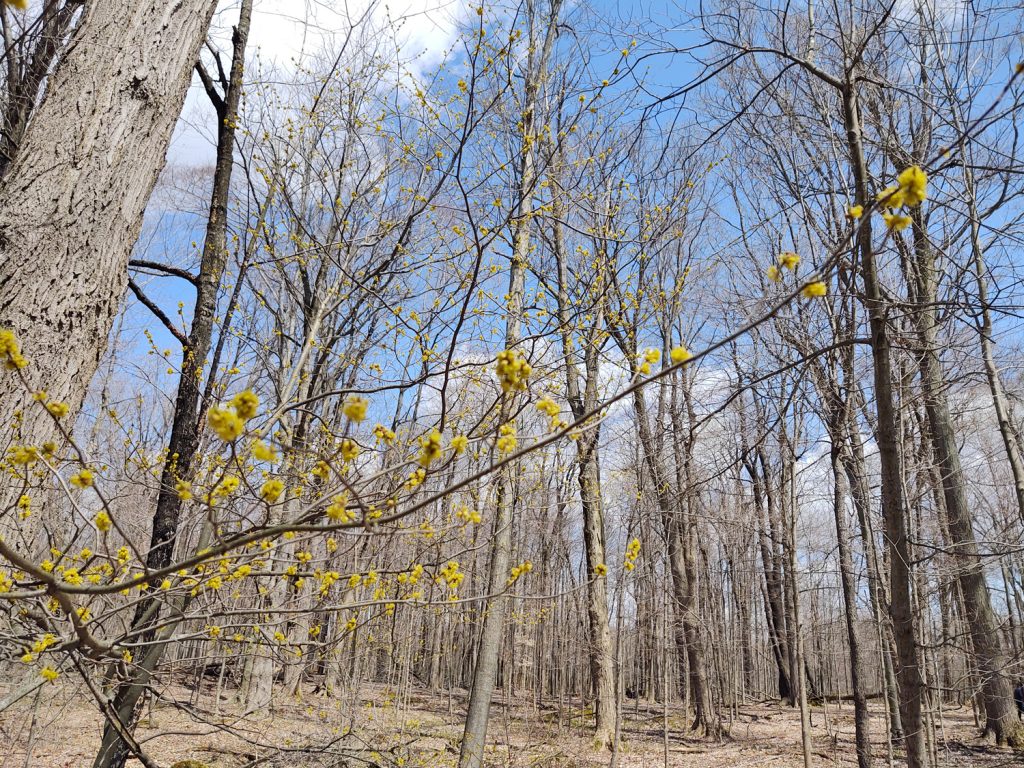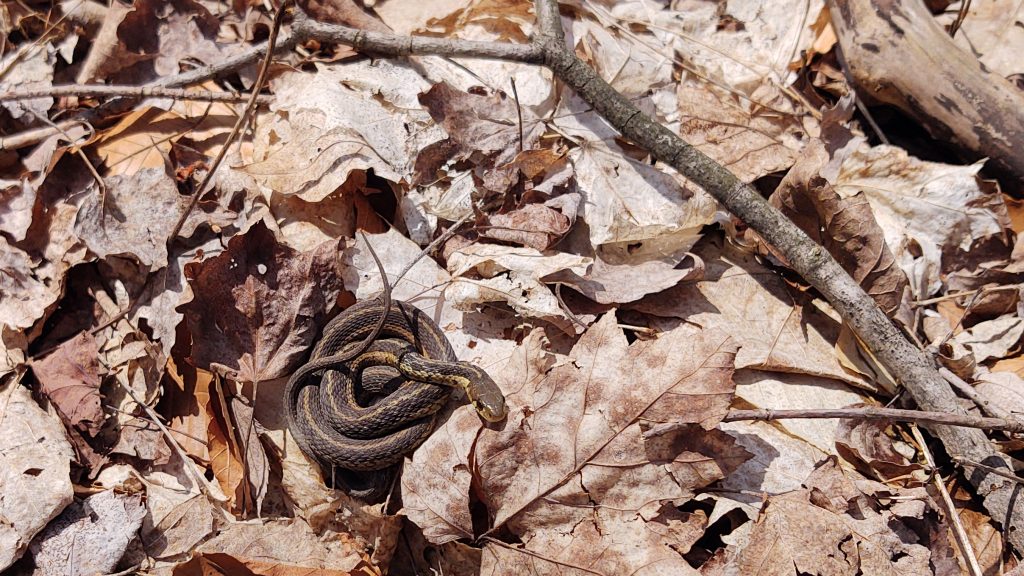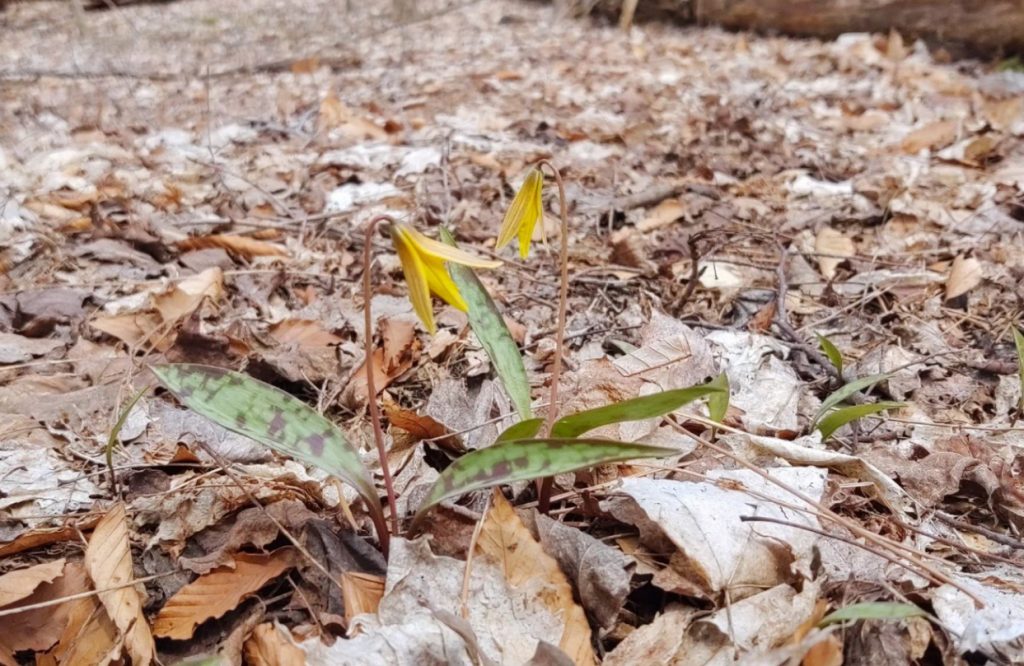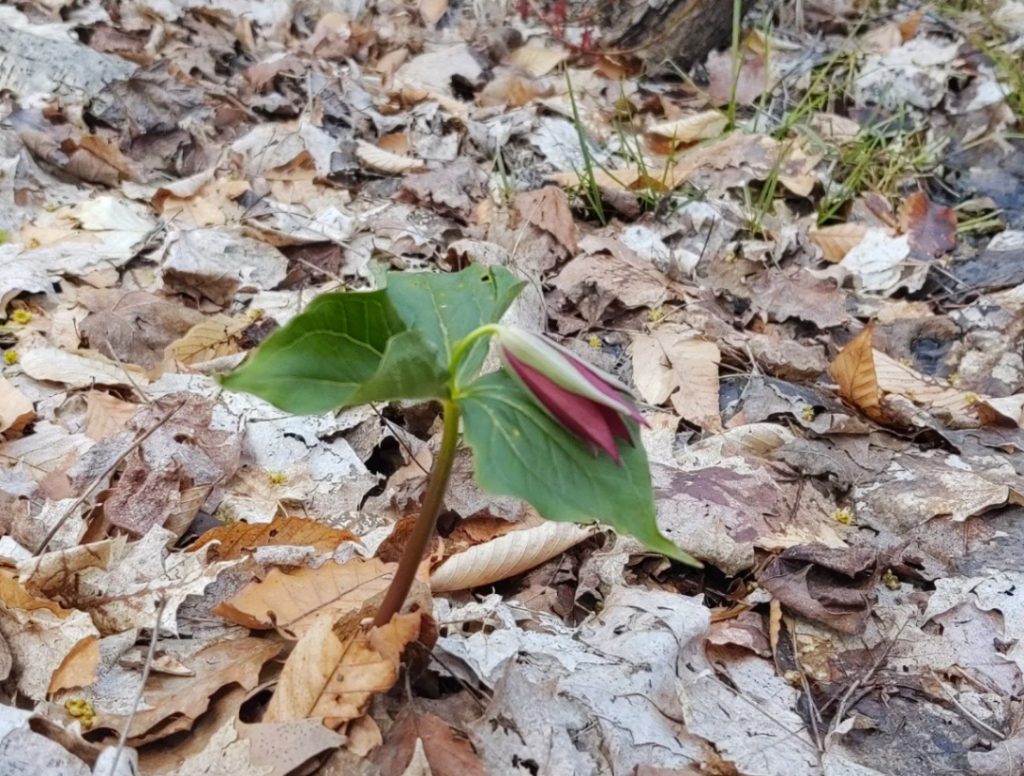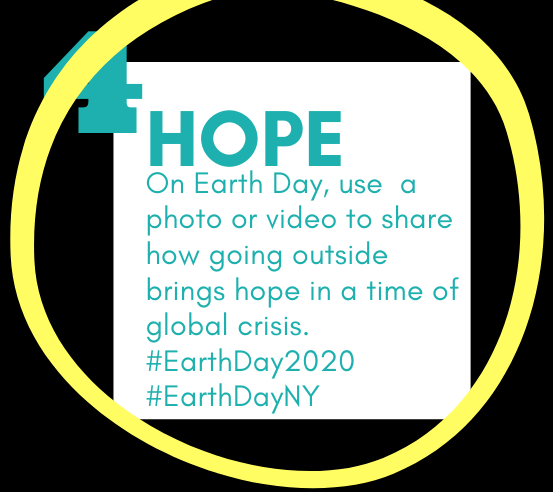All posts by Reinstein Woods
Woodland Flowers
Trout lily, white trillium and red trillium are spring ephemeral flowers found in woodlands of the Northeastern United States. They grow best in moist, rich soil with a healthy leaf litter. These flowers take advantage of the abundance of sunlight reaching the forest floor during spring and grow when soil nutrients are high before the trees leaf out. All of these flowers are very sensitive to disturbance. They also have a special relationship with ants. Their seeds have a fatty nodule called an elaiosome which ants carry off to their colony for food. Seed dispersal by ants is called myrmecochory. Ants eat the eliaosome and the seeds are left to germinate underground. However, most of these flowers spreading happens underground through bulb or corm budding. Each spring you have a narrow 2 to 3 week window during April and May to enjoy the splendor of these beautiful woodland flowers. Once the tree canopy closes these flowers will have faded. They are beautiful and are protected in many areas, so please take only pictures.
Created by Mike Adriaansen
Insects in a Trout Stream
This is part of a new series of educational nature videos from Reinstein Woods
Mayflies, stoneflies and caddisflies live in streams with cool water, lots of oxygen, and very little pollution. The presence of these insects help biologists determine the health of a stream. All of these insects are important food sources for trout. These videos were taken on a tributary of Cazenovia Creek in Western New York.
Created by Mike Adriaansen.
Nature Sightings
The spring greening is just beginning. The herb layer of the forest floor is coming alive with sprouting mayapple and trout lily. In wetter seep areas, marsh marigolds are blooming, not to be confused with invasive lesser celandine. Many people have lesser celandine flowering in their yards right now. Wild leeks are also forming dense patches. Spicebush is showing off its small golden flowers and black cherry are beginning to leaf out. The preserve is a bit quieter now that the Canada geese are on their nests. Ruby-crowned kinglets group together and frantically flit about gleaning insects from dense trailside vegetation. Hermit thrush and yellow-rumped warblers have also returned. Large bullfrog tadpoles explore the warmer shallow waters of ponds. The long trills of American toads resonate through the preserve. Garter snakes slither through the sunlit papery leaves on the forest floor. Keep an eye out for Baltimore orioles and ruby-throated hummingbirds returning shortly.
Earth Day Challenges – Sustainability at Home
Americans waste about 25% of the food we purchase. The NYSDEC compiled some great tips on how to reduce your food waste. Learn more here.
Earth Day Challenges – Sustainability at Home
Happy Arbor Day! Your neighborhood tree provides home for wildlife and maybe even some spring flowers right now- but it provides benefits far beyond that! Discover all the benefits your tree provides by clicking here.
Earth Day Challenges – Sustainability at Home
Check out these tips on making eco-friendly choices for your cleaning products from the EPA:
Earth Day Challenges – Sustainability at Home
How does going #outside inspire hope in you? On the 50th anniversary of Earth Day, as we face an unprecedented global pandemic, going #outside helps many of us find solace. But the pandemic is also highlighting the inequities that limit who has access to fresh air, green space, and clean water.
This #EarthDay2020, share how you celebrate the natural world–and why we all deserve the opportunity to enjoy its benefits. Use #EarthDay2020 and #EarthDayNY and share your stories, photos and videos.
Yellow-Bellied Sapsucker Natural History
This is part of a new series of educational nature videos from Reinstein Woods
Yellow-Bellied Sapsuckers have returned to Reinstein Woods. Check your own backyards for them as they stop in through migration.
Created by Mike Adriaansen.
Earth Day Challenges – Sustainability at Home
The Nature Conservancy says the “the average carbon footprint for a person in the United States is 16 tons, one of the highest rates in the world. Globally, the average is closer to 4 tons.”
What’s your carbon footprint?
Here are a few online calculators to try:
The Nature Conservancy – Calculate your Carbon Footprint
EPA Carbon Footprint Calculator

